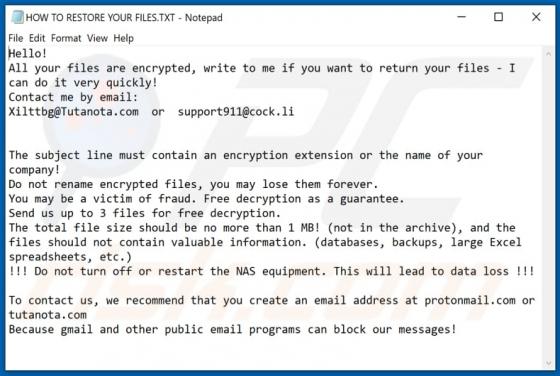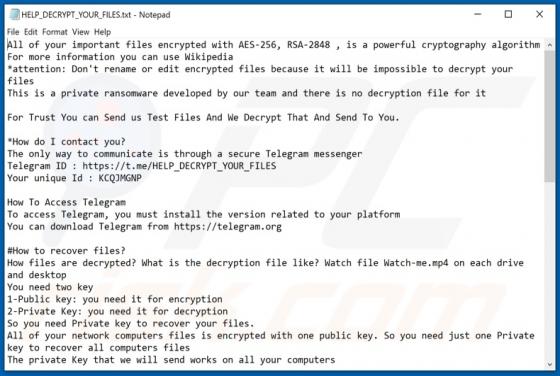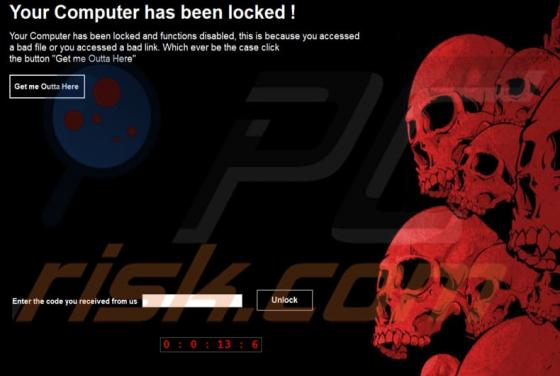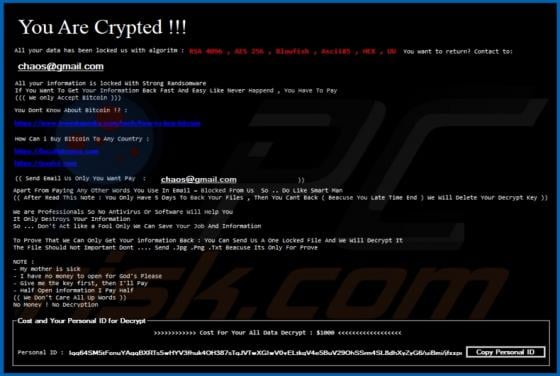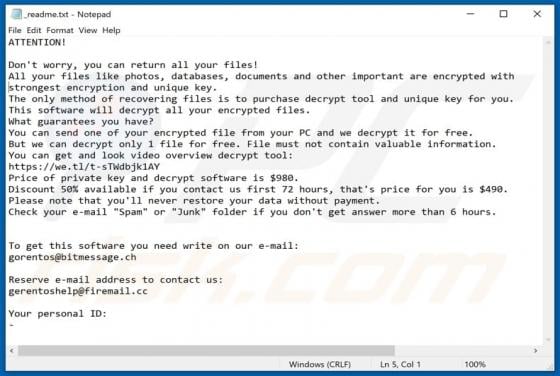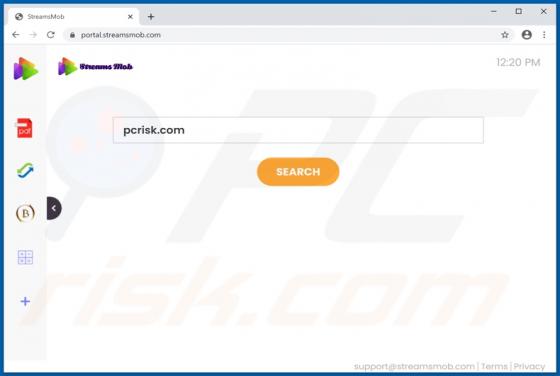
StreamsMob Browser Hijacker
StreamsMob is dubious software categorized as a browser hijacker. It operates by modifying browsers to promote streamsmob.com (a bogus search engine). Most browser hijackers have data tracking capabilities, which are used to monitor users' browsing activity - it is highly likely that StreamsMob al
